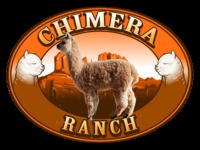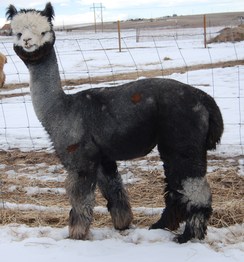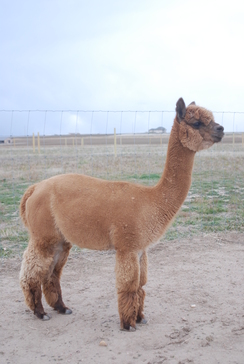Return on Investment
One question people often ask, How do we make money from this investmet, here are a few to consider:
- Selling Alpacas to others
- This is the primay focal point of most alpaca owners and breeders in this industry today. Eventually there will be a shift to where the fiber and end products will be the focal point, but this shift will be highly dependent on the number of animals in the US contributing to the fiber production.
- Sale of Breedings to your Herdsires
- Many farms do not own herdsire males, thus they will leverage the herdsires of other farms. The fees for these breedings will vary across the country and by the quality of the herdsire and his progeny.
- Sale of Fiber and/or End products
- There is tremendous growth in the fiber side of the Alpaca business as the US consumer begins to understand and appreciate the value the alpaca fiber has to offer. There are growing markets for Raw Fiber, Yarn and one of a kind hand made garments. There is also a growing market for mass produced items like socks, scarves and blankets.
- Sale of services to others
- There are many services that alpaca breeders and owners need. Many are leveraging these needs to generate income (e.g. livestock transportation, small business accounting, website development, photography, shearing, fence building, creative writing, graphic design
- Landscape mulch
- The byproduct of the alpaca is a great fertalizer and it does not have the odor of other natural fertalizer products. There is always fiber from shearing that can not be used in product production. These two products are rapidly growing as a great mulch concept for landscapers and home owners.
However one of the primary reasons many people consider alpacas as investment is based on the concept of compounding. Different account types will add to the principal balance an amount based on a common interest calculation a specific times. This addition to the balance is compounding the investors return. So how is this similar to Alpacas?
Alpacas generally have a new cria every year and half of the cria will be female. As these females have their own cria, the herd is compounding in size. While growing in size, it is also growing in value. However, there are no taxes on this gain, until you actually realize the gain through the sale of the alpaca.
This postponement of taxes is nice, but it is only one of the numerous tax benefits currently associated to the ownership of alpacas. More insights on the financial benefits of alpaca ownership can be found at Alpacas as an investment.
As you think about the Alpaca business, you will need to determine if you are going to be a passive farmer or an active farmer. This choice will determine how any losses associated to the business will be applied against your income.
We highly recommend an accountant that is familiar with Alpacas as a partner in this venture. They can help you set up your record keeping books which will greatly facilitate your tax preparation process.
A very helpful guide is the IRS publication #225. This is a tax guide designed for Farmers. It should be available at your local IRS office or on the internet. There is also a direct write-off method known as Section 179 that allows for substantial deductions for long term depreciable asset investments.
The tax laws change frequently, it is a great idea to keep abreast, the best you can with what changes are coming to help manage investment decisions.
Monday, June 13, 2011


